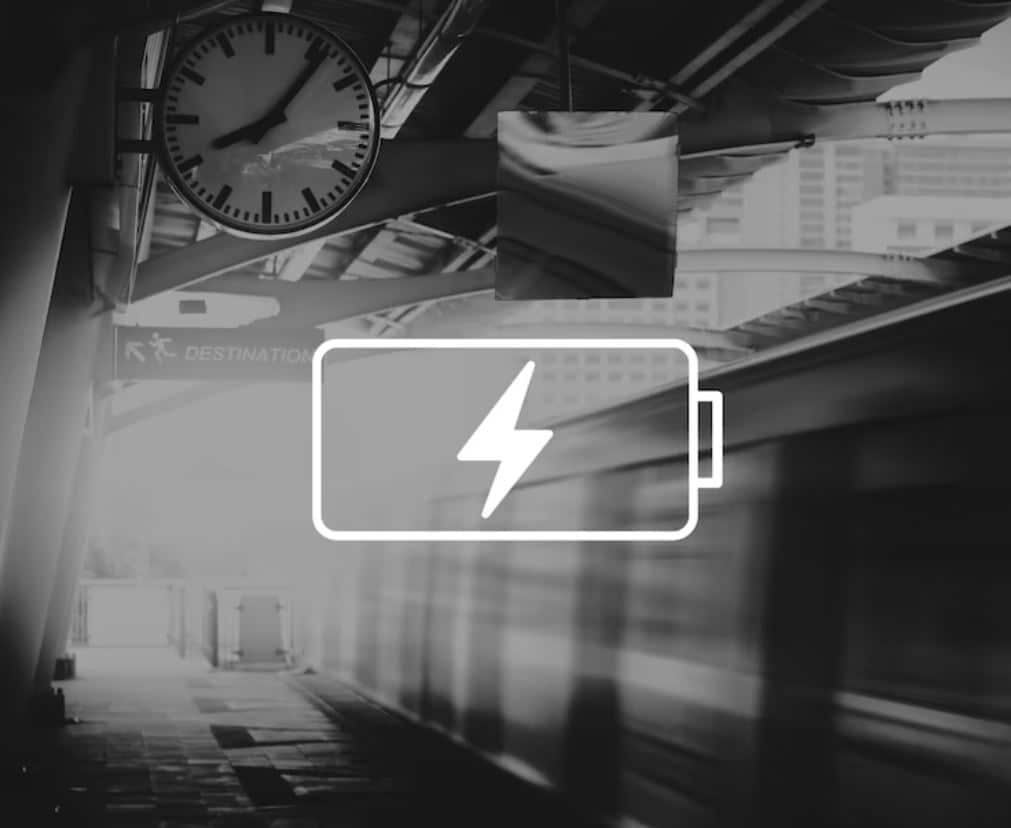The use of IoT does though have its challenges, especially when you look at the energy source of batteries. Batteries are commonly used but:
1. Are not environmentally friendly. This is true for rechargeable and non-rechargeable batteries of different kind made.
2. Have limited energy lifetime.
– Non-rechargeable batteries have to be replaced after a certain timeframe. This can be after months or years depending on the total energy needed for the IoT device. In any case it is a potential burden for the environment or in the case of battery-recycling there is an associated expense. Plus, the total cost of replacing the battery which consists of the price of the battery and in many occasions the overhead of sending a person to replace the battery, “the man in the van” which is way more expensive than the cost of the battery itself. Also looking at the number of IoT devices this is economically impractically. Besides that, IoT devices can be installed anywhere on earth to measure, e.g., the weather conditions, it is not feasible to replace the battery.
– Rechargeable batteries can be recharged by means of a different energy source. For example, you can charge your wearable with a charger connected to the mains, but for many wireless IoT applications in the field this is not practical. Another emerging possibility is to charge your battery by means of another energy source like PV, Vibration, Movement, RF, thermal and use other storage devices.
The Harm Of IoT From The Use Of Batteries
The fact that today’s IoT requires a huge number of batteries might also have a huge impact on the environment
Here are some obvious reasons:
- Batteries contains hazardous substances, such as magnesium, mercury, tin, lead, nickel, zinc, and cadmium, which can accumulate in the body and cause illness;
- Waste food sources, when incinerated, release specific dioxin gases that can poison people;
- Batteries may explode and cause serious damage;
- The danger from used energy cylinders is serious (for example: fire, explosion, chemical burns, poisoning and cold burns can occur if gases accidentally escape from the cylinder).
Scientists state that one AA battery (which is most often used in daily life) can pollute ~17 square metres of land. This impact on the environment is through heavy metals. In addition to the soil, the electrolyte can contaminate up to 400 litres of water. Electroplating cylinders cause this kind of damage to nature every month. Contaminated soil prevents plants from living and enriching our planet with oxygen. It becomes infertile. This kind of damage to the earth has to be repaired over decades. The salts of heavy metals seep into the soil, some of them seeping further into the groundwater. They carry all the chemicals directly into the rivers.
By 2025, some 78 million batteries powering IoT devices will be discarded worldwide every day if nothing is done to increase their lifespan. These dire statistics come from EnABLES, an EU-funded project that urges researchers and technologists to take action to ensure that batteries survive the devices they power. With devices ranging from temperature and CO2 sensors to asset tracking tags and smart patches, the IoT could solve some of the world’s biggest problems. However, if they are to truly benefit society, IoT innovations must address the technology gap that exists in powering the growing number of IoT devices. EnABLES researchers laid out their key recommendations for increasing the battery life of IoT devices in a recent position paper to harvest available energy from the environment to extend battery life or eliminate the battery, as well as to reduce the power consumption of IoT devices.



